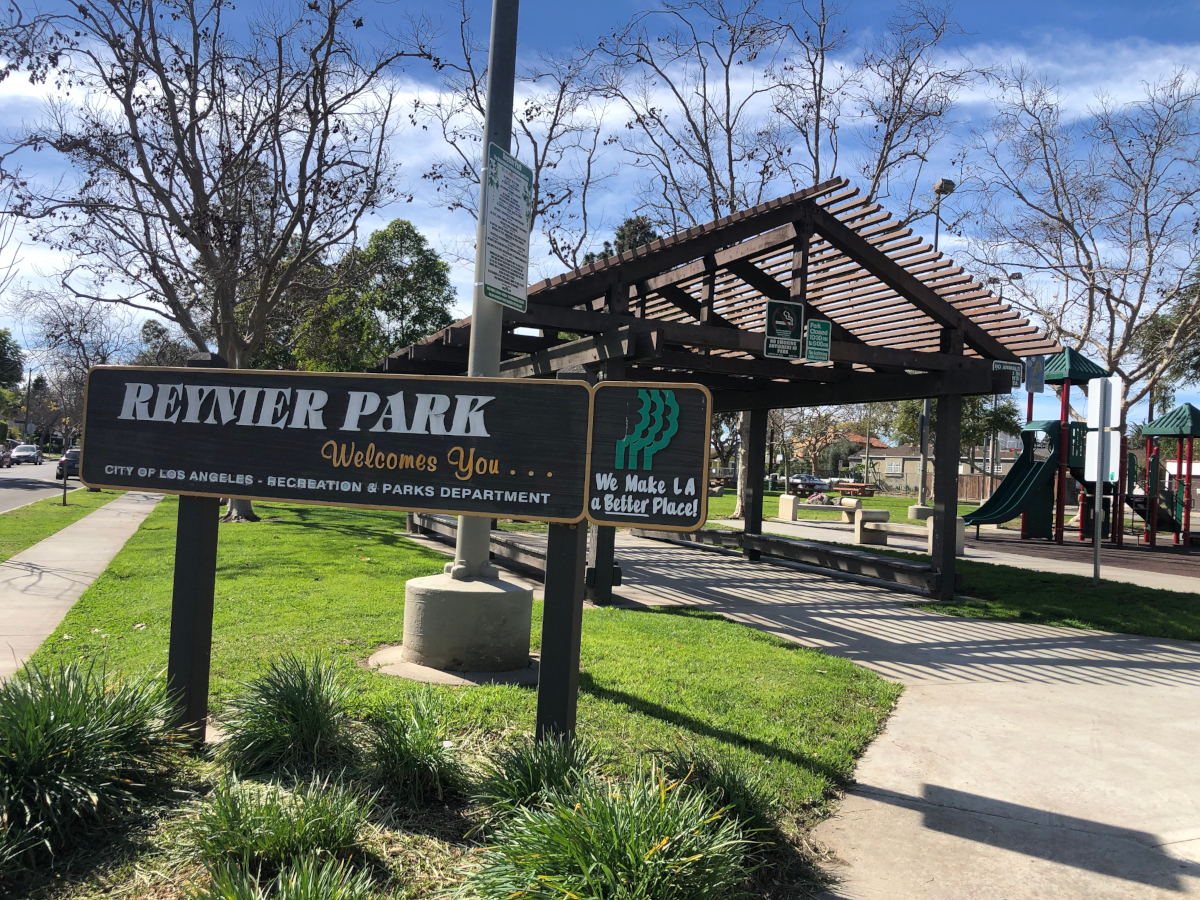Dear Neighbors,
Reynier Village Neighborhood Association (RVNA) remains active and committed to keeping the neighborhood network robust. This is the network that we can call upon whenever an initiative surfaces that impacts the quality of life in our neighborhood. Let’s renew our commitment to RVNA!
Please renew your RVNA membership ($20/year). The RVNA board has temporarily suspended the APS Security service until there is enough interest by neighbors to reactivate it. If you have already paid for APS this year, RVNA Treasurer Hector Garza will reimburse you.
There are three ways to make your payment: you can mail in a check, pay with Zelle, or pay with PayPal via your phone or computer. When using Zelle, please send payment to the RVNA dedicated payment email payment@reyniervillage.org. One benefit of Zelle is that it doesn’t charge us a fee like Paypal does.
If you’re using PayPal, please use the following link for secure payment: PayPal.Me/ReynierVillage
Otherwise, please Mail in your payment to:
Reynier Village Neighborhood Association
1702 S. Robertson Blvd., #107
Los Angeles, CA 90035
Together we can create and maintain a vital and safe community!




